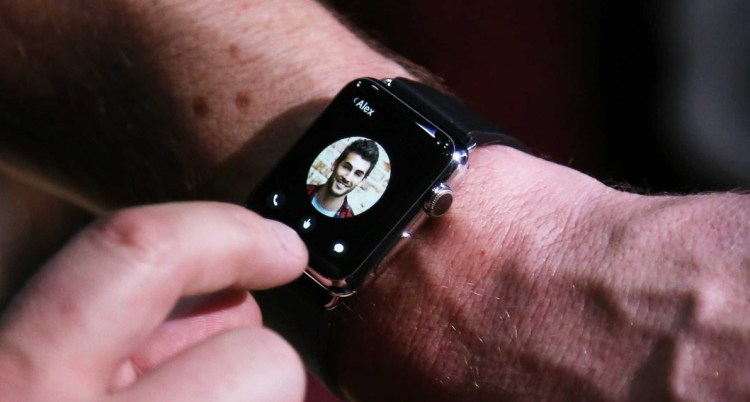Apple today released the final version of watchOS 2, the first major revision to the operating system for the Apple Watch.
You should care. Early users of the Apple Watch (including me) asked a couple of burning questions: Why don’t the apps on the Watch work very well? And: Why would I want to do this task on the Watch when I could just whip out my phone and do it a lot easier?
The new version of the OS gives the Apple Watch the ability to do some important things independently of the paired iPhone. In theory, this will let the apps on the Watch react to commands far more quickly. That’s because the app logic is running on the Watch’s chip; it’s no longer dependent on the iPhone’s processor and the iffy Bluetooth connection needed to link to it.
A big part of the reason the Watch couldn’t do things without the phone is that until this OS upgrade, apps running on the device couldn’t exploit key features of the Watch, like the digital crown, the microphone, and the heart monitor.
Here’s Ari Roisman, CEO of Glide, which makes a video messaging app for the Watch: “WatchOS 2 enables a complete and seamless real-time messaging experience from the wrist,” he said. “Users can watch video messages live and easily respond with audio, all without needing to pick up their phone.”
Before the new OS, Glide app users could view video messages on the Watch but they had to use the phone’s microphone to respond. Some future Watch, Roisman bets, will have a front-facing camera, so both the audio and video can be done from the wrist.
Audio-based communications were a rough spot in my tests of the Watches. But Apple has made some improvements in the new OS. You can now make audio FaceTime calls, and, if you have T-Mobile, Wi-Fi calls.
With the input and output limitations inherent in the Watch’s tiny user interface, the talking and listening personal assistant functionality becomes crucial to usability of the device. And with the new OS, Siri does gain a few IQ points. Firstly, you can wake her up with your voice; no need to press and hold the digital crown. She also gains public transit smarts, so she can help you find your way here or there sans car.
In a way, today is the first day of the Apple Watch’s life. With apps running on the Watch, the Watch connecting to Wi-Fi independently of the phone, and access to key Watch features, we can start to form a picture of that fateful day when we’ll leave our phone at home, and not turn around to go get it — because we’ll be fine with just the watch on our wrist.
The NFC chip alone could do all sorts of useful things for us — especially if Apple unlocked the thing to third-party developers so that it could be used for more than just Apple Pay.
It’s an idea that captures the imagination. I imagine smartwatches doing many of the things we use our phones for now, and more. I’ll use it to lock and unlock my door, to buy groceries, to organize my day with Siri, to ride the train, and to handle virtually every kind of communication I need throughout the day.
This may sound like cheerleading, but it’s coming. Just you Watch.
VentureBeat's mission is to be a digital town square for technical decision-makers to gain knowledge about transformative enterprise technology and transact. Learn More


